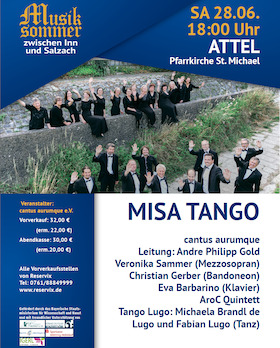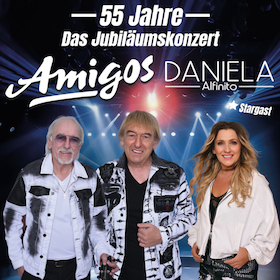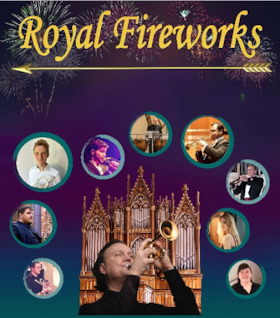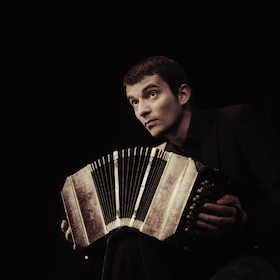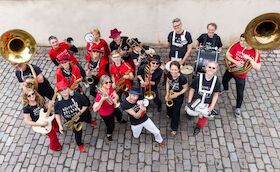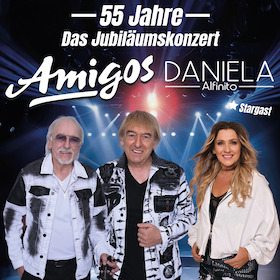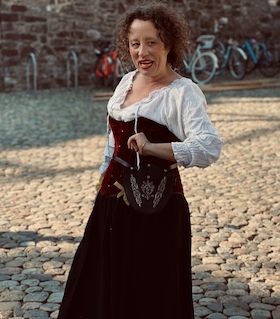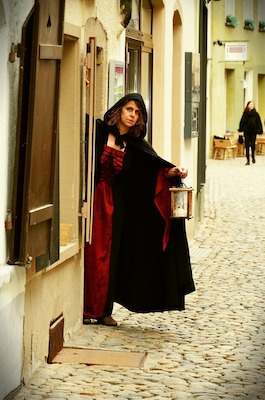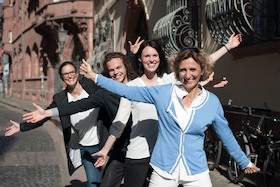MISA TANGO - Martin Palmeri - Konzert mit Tanz
Tango und Kirche - zwei Welten, die scheinbar nicht zusammenpassen? Keineswegs, wie das kommende Konzertereignis des in Mühldorf/Inn ansässigen Kammerchores „cantus aurumque e.V.“ zeigen wird. Der Regionen und Generationen übergreifende Chor, mit Sängerinnen und Sängern aus Bayern und Oberösterreich, möchte mit dem international erfolgreichen Werk, der „Misa a Buenos Aires – Misatango“ des argentinischen Komponisten Martín Palmeri das Publikum erfreuen. Hochkarätige Musiker konnten für dieses Projekt engagiert werden: Eva Barbarino am Flügel, die Mezzosopranistin Veronika Sammer, Christian Gerber, einer der gefragtesten Bandoneónisten der jüngeren Generation in Europa, das AroC Quartett mit Musikern vom Gärtnerplatztheater, der Philharmonie Bad Reichenhall sowie dem Brucknerorchester Linz mit der Konzertmeisterin Cora Stiehler. Einen zusätzlichen, besonderen Reiz verleiht der Veranstaltung noch die tänzerische Interpretation des Werkes durch das Tanzpaar Tango Lugo - Michaela Brandl de Lugo und Fabian Lugo.
Komponist und Werk:
Palmeris kompositorischer Schwerpunkt liegt bei Chorwerken. Er bearbeitete Lieder bekannter Tangogrößen für Chor und Orchester, aber mit seiner 1996 komponierten „Misa a Buenos Aires“ und dem 2012 folgenden „Magnificat“ hat er dem Tango die Tür zur Kirchenmusik geöffnet. Es gelang ihm eine wundervolle Synthese aus der lateinischen Liturgie und dem von Astor Piazolla ab 1955 entwickelten Tango Nuevo herzustellen.
Während der Chor dem klassischen Aufbau der katholischen Liturgie folgt, fließen in die Ensemblebegleitung Tango-Elemente ein: einerseits besteht das Orchester aus Klavier, Saiteninstrumenten und Bandoneon, aber auch Klangfarbe und Rhythmus orientieren sich am Tango. Beide Kompositionselemente bleiben jedoch mit ihren jeweiligen Charaktermerkmalen bestehen, sodass sich der Chor ganz der Umsetzung des Messtextes widmet und die Instrumente die charaktergebenden Tango-Elemente beisteuern.
Der argentinische Tango galt zunächst aufgrund seines Ursprungs aus den Einwanderervierteln und Bordellen als verrucht und war kirchlich verboten. Eine Zusammenführung der liturgischen Texte und des rhythmusbetonten, lateinamerikanischen Tanzes scheint daher auf den ersten Blick nicht naheliegend. Doch Tango ist nicht nur einfach Musik und Tanz. Vielmehr ist er Leidenschaft, Wehmut, Schmerz, Sehnsucht, tiefe Gefühle …. Somit kann durch den Tango der liturgische Inhalt des Textes mit einer Vielfalt von Emotionen ausgedrückt werden: Schmerz und Trauer durch den Kreuzestod Jesu, Freude über die Auferstehung, Angst vor den Qualen, Bitte um Frieden.
Copyright: Cantus aurumque
Einlass: 17:30 Uhr
 Hallo, ich bin Maya.
Hallo, ich bin Maya.